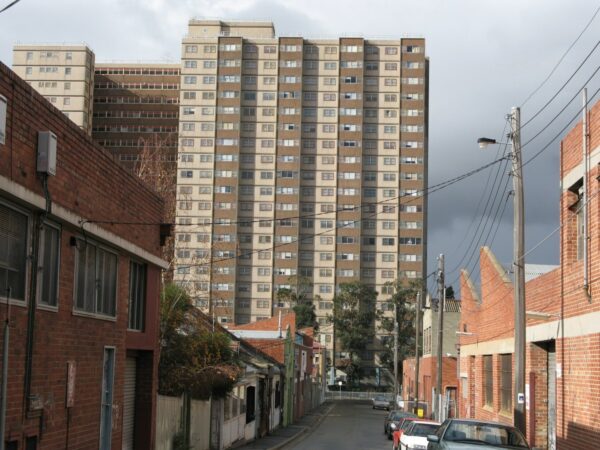A crisis that could shape our future cities
COVID-19 is a health and economic crisis that’s taken the world by surprise, but could also be an opportunity for Australia to shape a smarter, greener, safer, and healthier future for our cities
Will COVID-19 change the shape of our cities, and how we live in them?
Experts and community leaders have been calling for a rethink of everything, from urban density, public housing and greenspace, to public transport, remote working, and decentralisation.
Yet COVID-19 joins a long list of threats and challenges already facing Australia’s big cities – population growth, climate change, rising temperatures, water security, waste management, congestion, and an ageing population, to name a few.
Reshaping cities in the light of the pandemic and these pre-existing challenges may seem like a complicated task.
But, by taking a systems-based approach and a long-term perspective, researchers can help those responsible to lay the foundations of more adaptive, resilient cities – cities that will better support our response, as a nation, to pandemics and other future shocks.
Urban Living Labs
CSIRO has been working with government, business, industry and community groups to find innovative ways of integrating science with urban planning and design through its Future Cities initiative. The initiative has established two Urban Living Labs – one in Western Sydney and the other in Darwin – with a third proposed for Ginninderra in Canberra.
CSIRO researcher Guy Barnett says the labs are places where scientists can push boundaries and trial new ways of doing things in a real-world setting.
He feels that the COVID-19 ‘pause’ presents another opportunity for urban planners to ‘reset’ and take a fresh look at what does and doesn’t work in modern cities – for example, the ageing public housing high-rises in Melbourne, where factors such as high residential densities, shared community facilities including laundries, and tight corridor and lift spaces accelerated the spread of COVID-19.
“We really live in yesterday’s cities, in that they reflect planning decisions made 50 to 100 years ago, like those public-housing high-rises built back in the 1960s.
“The thinking to date has been that compact cities are the best way to deliver the most sustainable outcomes, in terms of energy, water use, land conservation, and so on. But COVID raises the question, ‘Is high-density the right way to go’?
“The Future Cities initiative brings a systems perspective to these questions, allowing us to integrate the different dimensions and consider the long-term implications.
“So, as we recover from COVID, we can also be thinking about opportunities to transition our energy systems. Should we be thinking about a hydrogen economy, for example?
“Where do we want Australia to be in 2050? What are the stepping stones and building blocks we need to put in place to realise that vision?
“Health has always had a strong influence on the way cities are planned and designed. We seem to have lost that over the last century.
“COVID is a reminder that the way that we build our cities can shape the health outcomes of the people who live in them.”
* This week’s blog is an extract of the CSIRO Ecos article by Mary-Lou Considine.


COVD-19 is a chance to rethink the ageing public housing high-rises (Image: Nick Carson)
